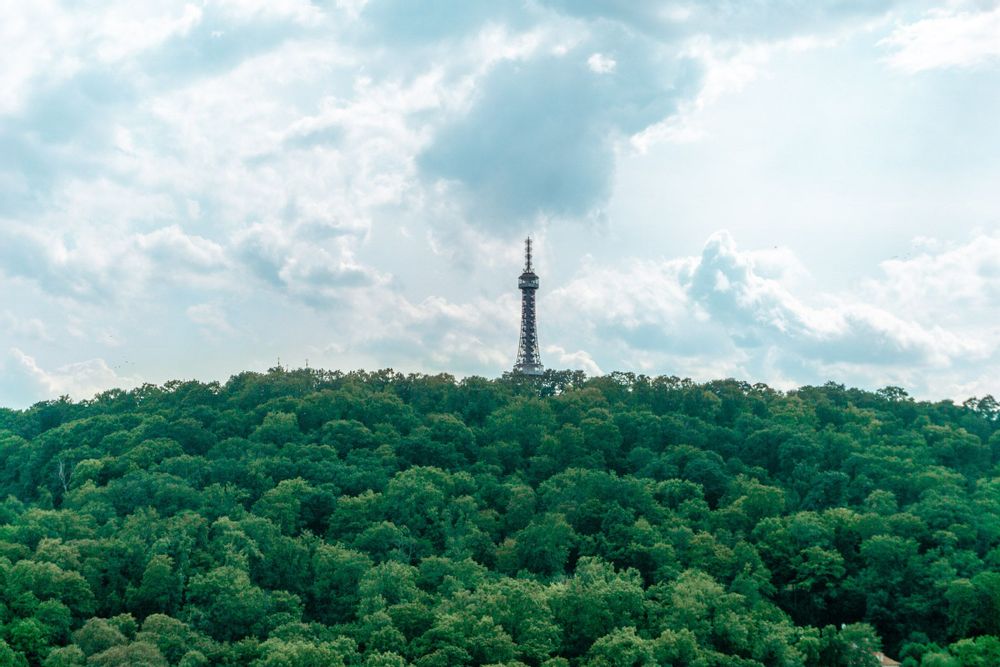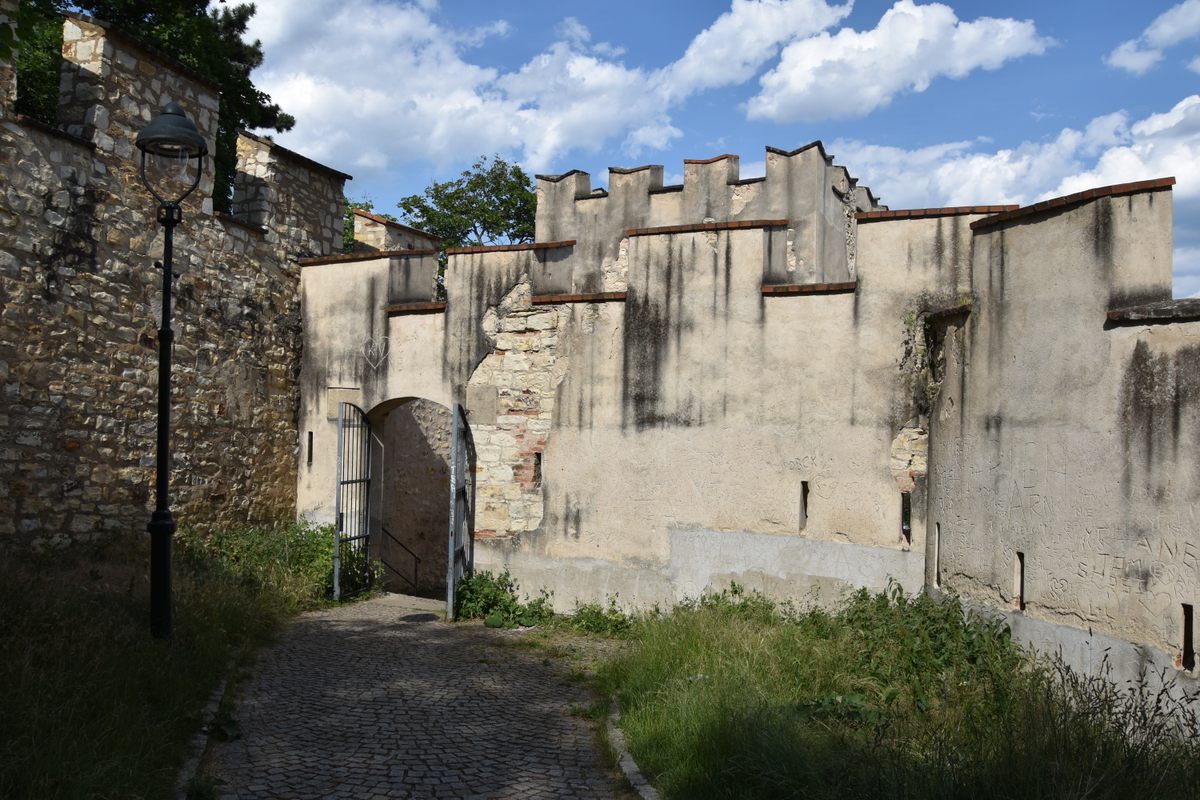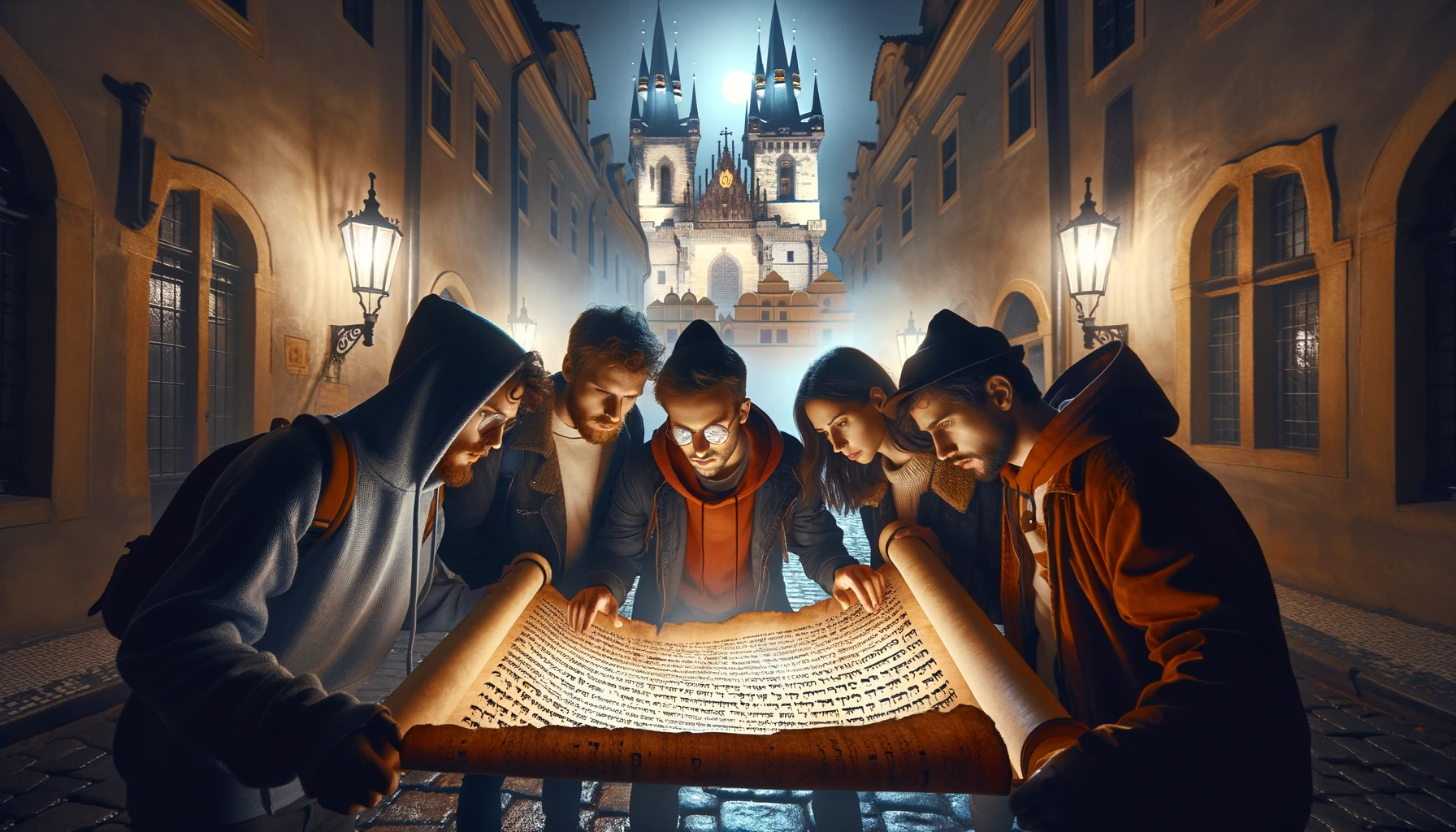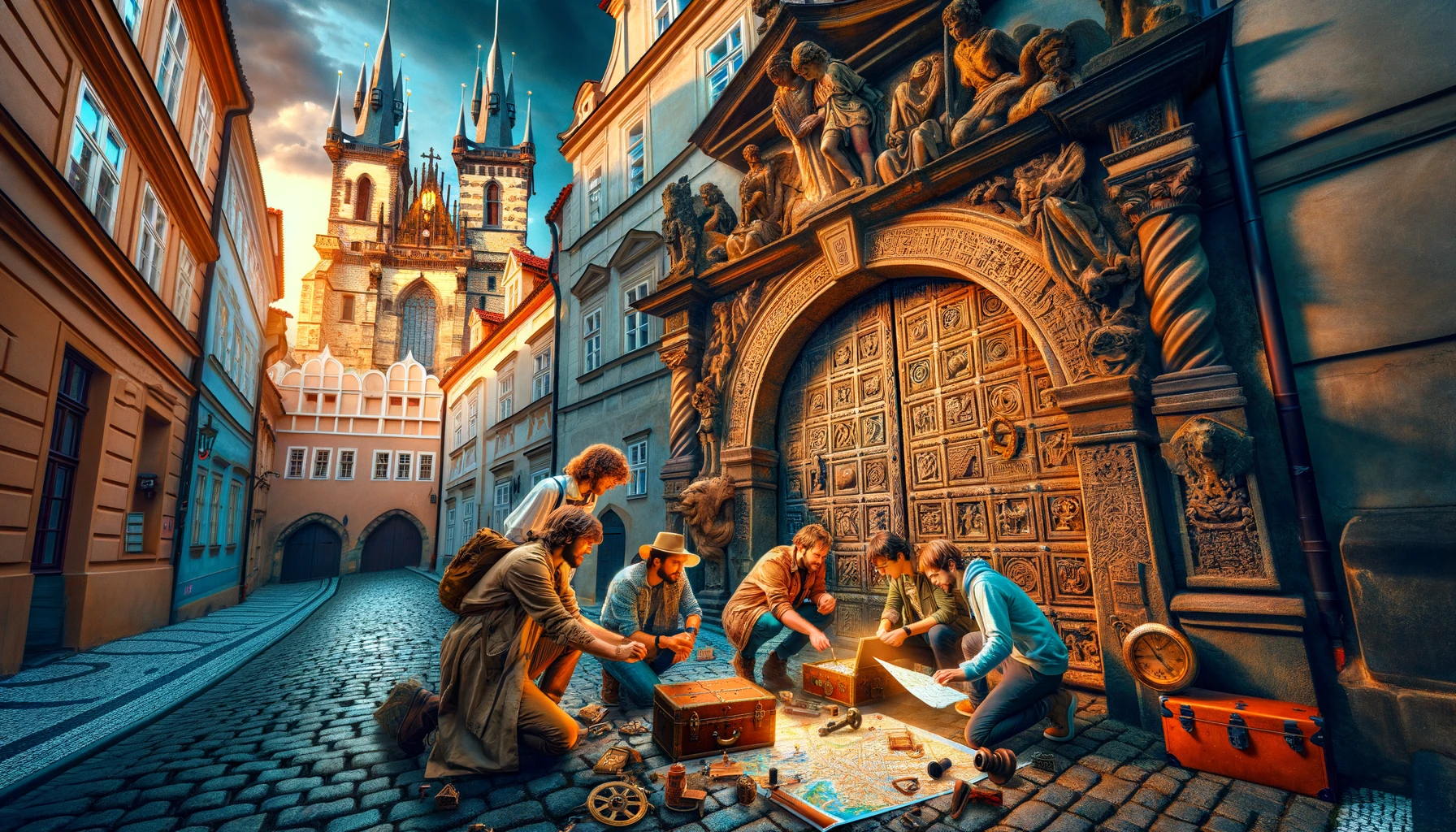 Zpět na seznam
Zpět na seznamFrom Petřín Lookout Tower to Nerudova Street: Escape Games as a Guide to History in 2024

Local Exploration and Adventure Guides: Discovering Lesser Town’s Historical Gems
Welcome back to “Local Exploration and Adventure Guides”. In this second installment of our series, we continue our historical journey through Prague’s captivating Lesser Town. Building upon the insights from our first exploration through Vyšehrad, we delve deeper into the stories and secrets of Prague’s iconic landmarks.
Join us as we intertwine the past and present through outdoor escape games, offering unique perspectives on Prague’s rich history and culture.
Lesser Town Square: Centuries of History and Culture
The Lesser Town Square, dating back to the 10th century, has been a hub of activity for centuries. A major market and political center, it has housed a political prison, the town hall, and a fiscal office.

The square was central in the resistance of local Protestant nobility against Habsburg rulers, with the Bohemian Confession written here in 1575, pioneering religious tolerance in the Habsburg Empire. It also played a key role in the events leading up to the Thirty Years War, with the Bohemian nobles’ rebellion starting from this square.
Wallenstein Palace: A Journey from Aristocracy to Political Power
Originally the residence of the military leader Albrecht von Wallenstein, the Wallenstein Palace is a testament to Prague’s aristocratic history.

Now home to the Czech Senate, this sprawling mansion was constructed under the orders of Wallenstein, reflecting his military might and ambition. It boasts an extensive complex with five courtyards and a French Park-inspired garden.
St. Nicholas Church: A Baroque Masterpiece
St. Nicholas Church, a masterpiece of the father-and-son team Christoph and Kilian Ignaz Dientzenhofer, is an iconic example of Czech Baroque architecture.

The church’s magnificent dome painting depicts the ascension of St. Nicholas and is visible from almost every part of the city. The church’s interior is considered one of the greatest examples of Czech Baroque architecture.
Petřín Lookout Tower: A Symbol of Prague’s Panoramic Beauty
Built in 1891 for the World’s Jubilee Exhibition, the Petřín Lookout Tower was designed to resemble the Eiffel Tower. Offering stunning views of Prague, it has become a symbol of the city’s landscape and a favorite spot for both locals and tourists.

Hunger Wall: A Monument to Prague’s Medieval Past
Constructed between 1360-1362 by order of Charles IV, the Hunger Wall was built as a defensive structure and to provide employment during a famine. This wall stands as a historical marker of the medieval era and the city’s resilience in the face of adversity.

Nerudova Street: The Heart of Prague’s Literary Heritage
Named after the famous Czech novelist Jan Neruda, Nerudova Street is a symbol of Prague’s rich literary heritage. The street, lined with historical buildings and leading up to Prague Castle, tells the story of the city’s past through its architecture and ambiance.

Our journey through Lesser Town in Prague reveals a tapestry of history and culture, where each location offers a unique perspective into the city’s past. Through our outdoor escape games, we bring these stories to life, providing an immersive and interactive way to experience Prague’s history.




